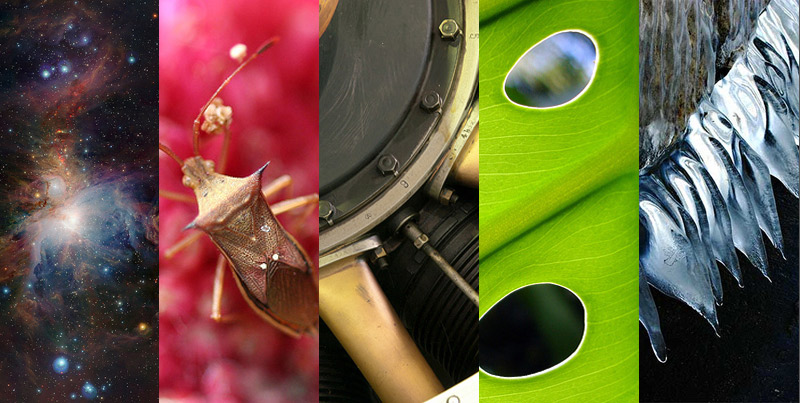 Want to discover more species than you ever thought possible? Madidi National Park in Bolivia is the place for you.
Want to discover more species than you ever thought possible? Madidi National Park in Bolivia is the place for you.
According to a study just released by the Wildlife Conservation Society (WCS), this 7,335 square mile park is the most biologically diverse place on the planet.
Why? Because it’s highest and lowest points are 6000 meters apart. That means a vast variety environmental conditions, which open the doors for more niches (a niche is the “space” a species occupies in their environment: Where the live, what they eat, what times of day or night they’re awake, how they interact with other species, etc.). And more niches means more room for more species. (This is also the reason why New Zealand is so diverse for so small a country: Many different ecosystems in a smaller space!)
But the altitude range is just one reason out of thousands why Madidi is so rich in species. Distance from the equator, climate, many other things factor into biodiversity.
So just how many species does Madidi have? More than 200 mammals, nearly 300 varieties of fish and 12,000 plant species. The park also has 1,868 vertebrate species, 1,088 of which are birds. To put that into perspective, the entire United States fewer the 900 bird species… total. And the US is more than 517 times larger than Madidi.
But this is only the tip of the diversity iceberg. Researchers with the WCS estimate two-thirds of the park’s species still have to be discovered.
So if you’re heading to Bolivia, bring your binoculars.
Photo: The festive coquette, one of 60 hummingbird species living in Madidi National Park. Dario Sanchez/Flickr
